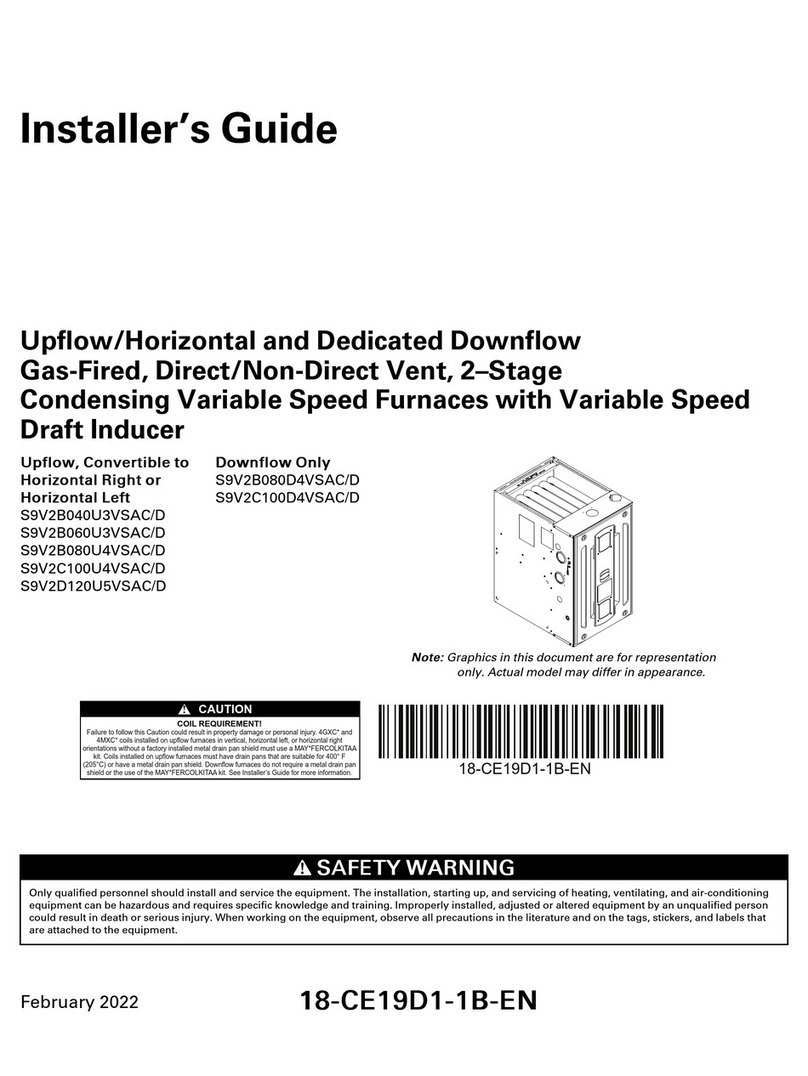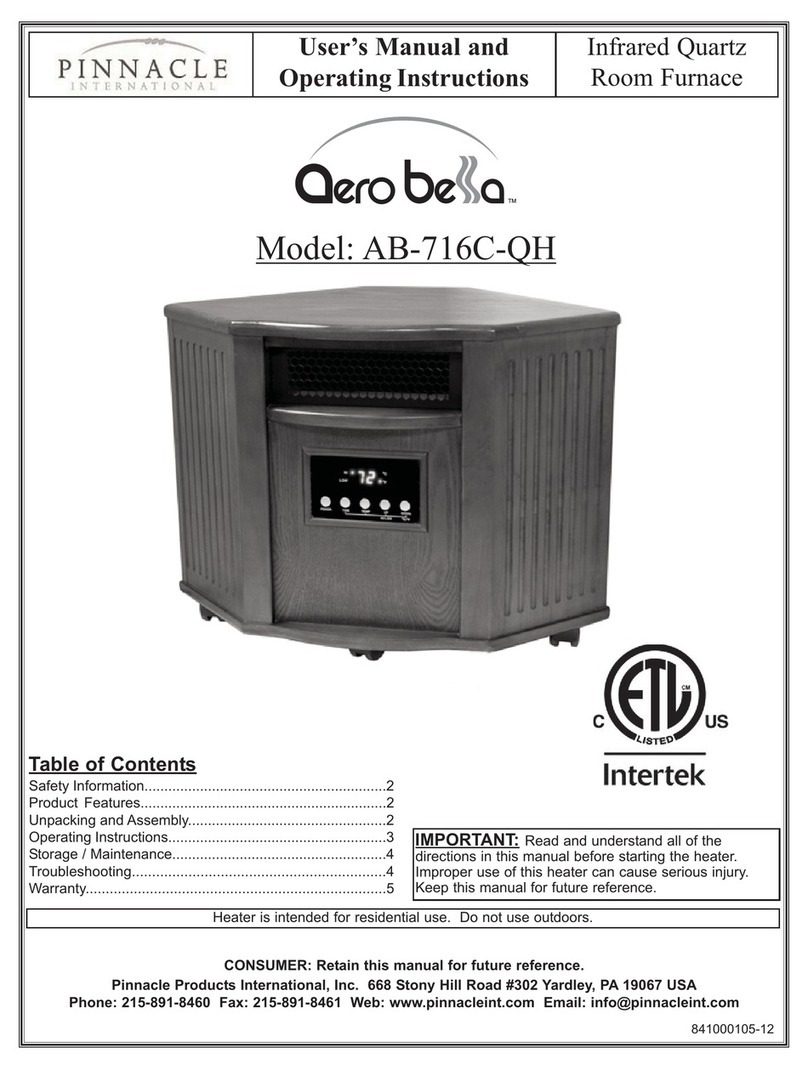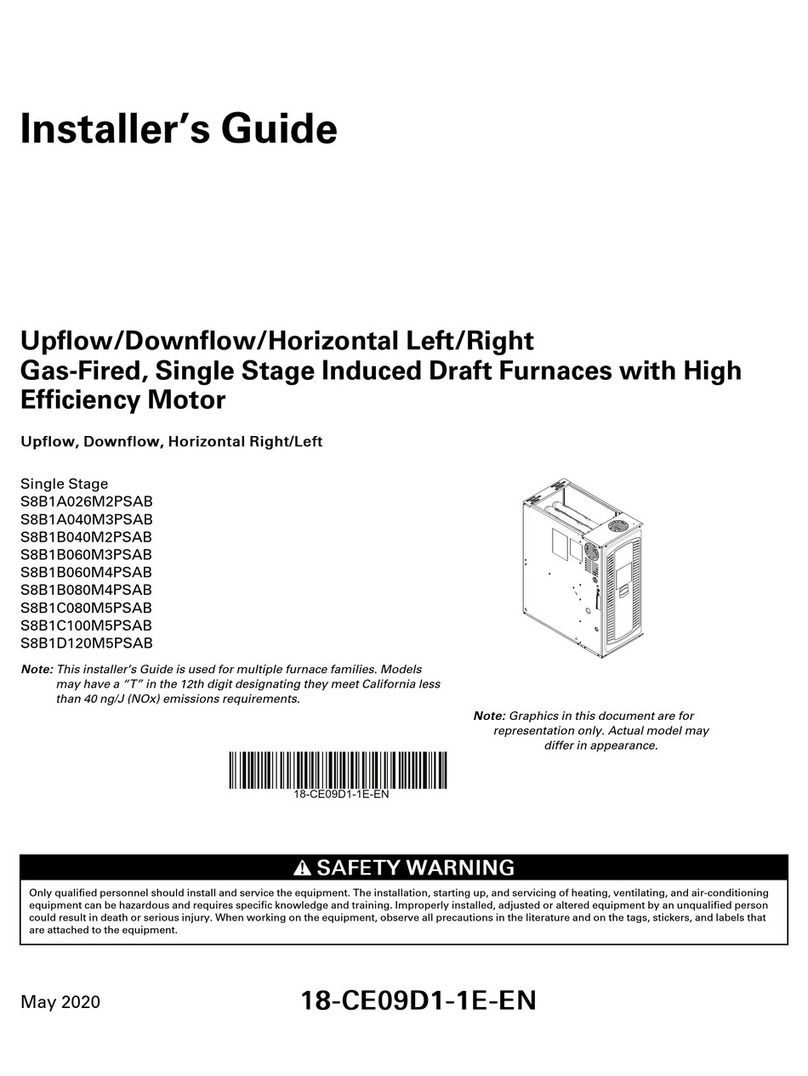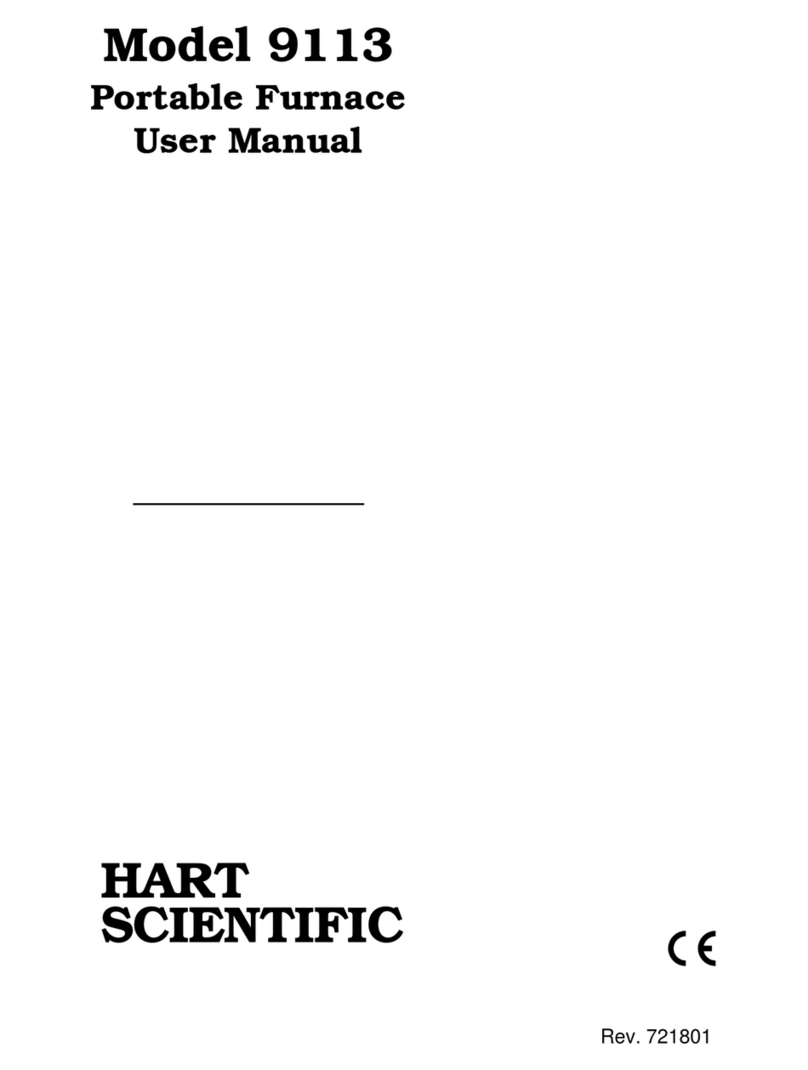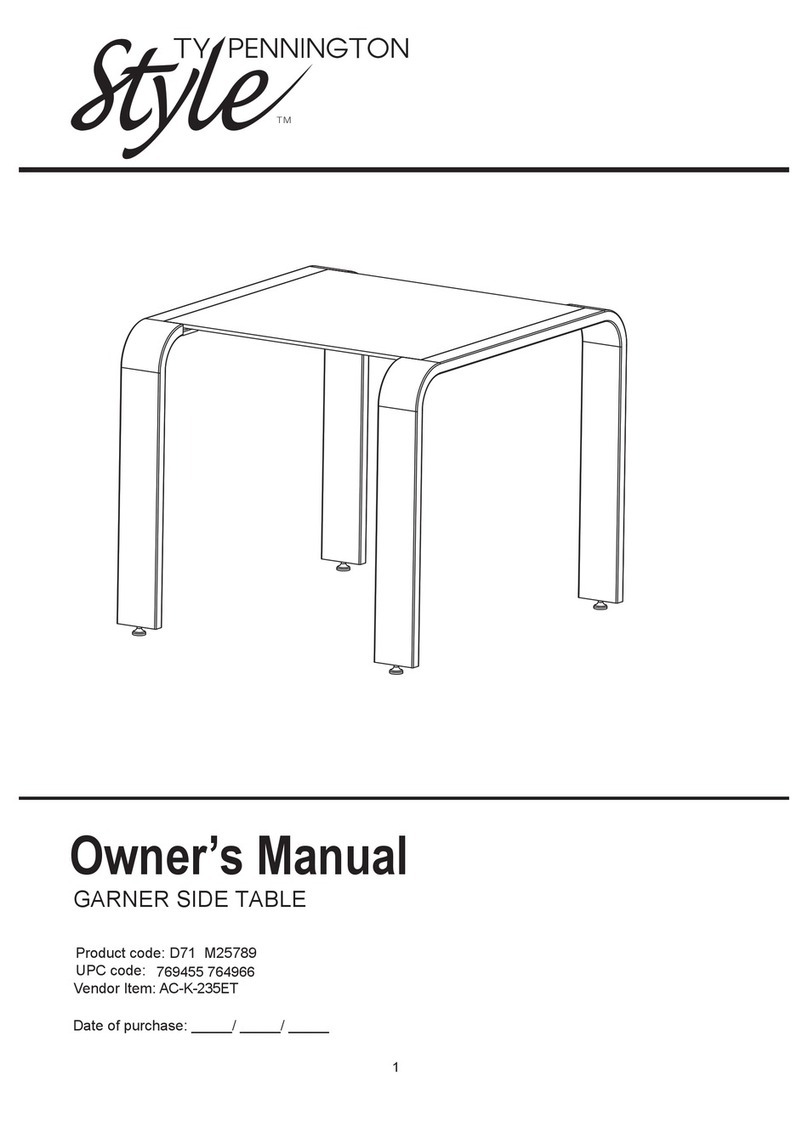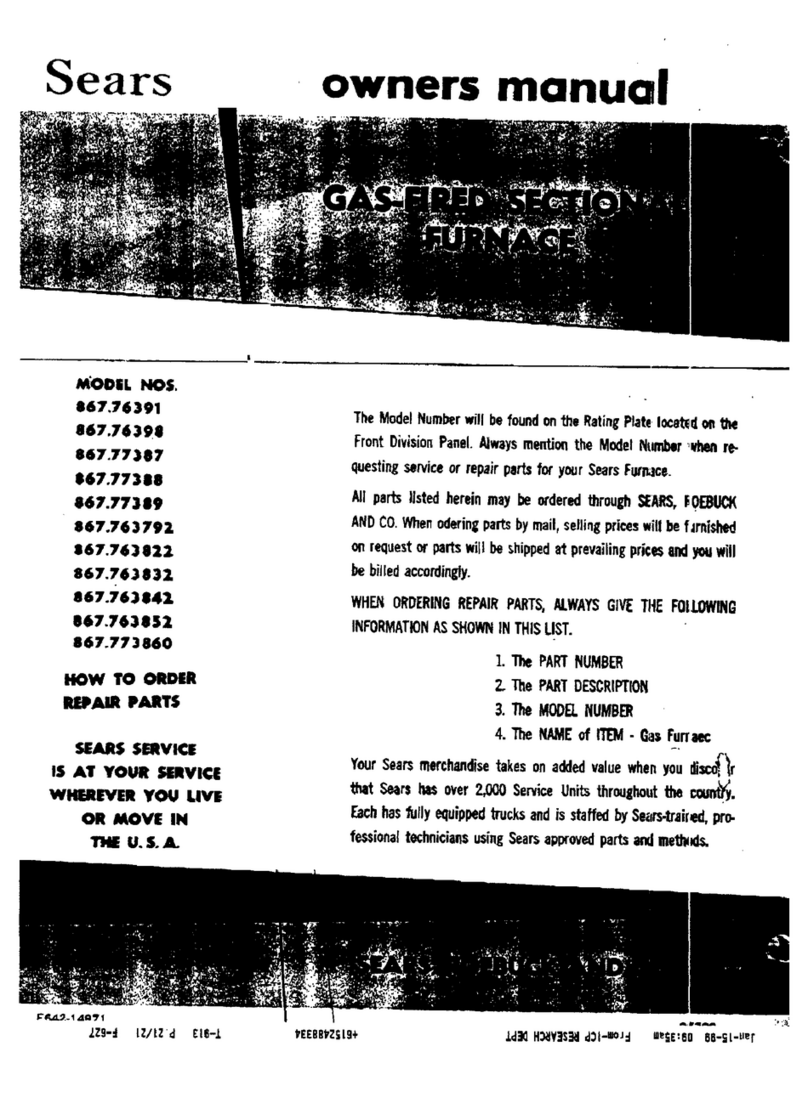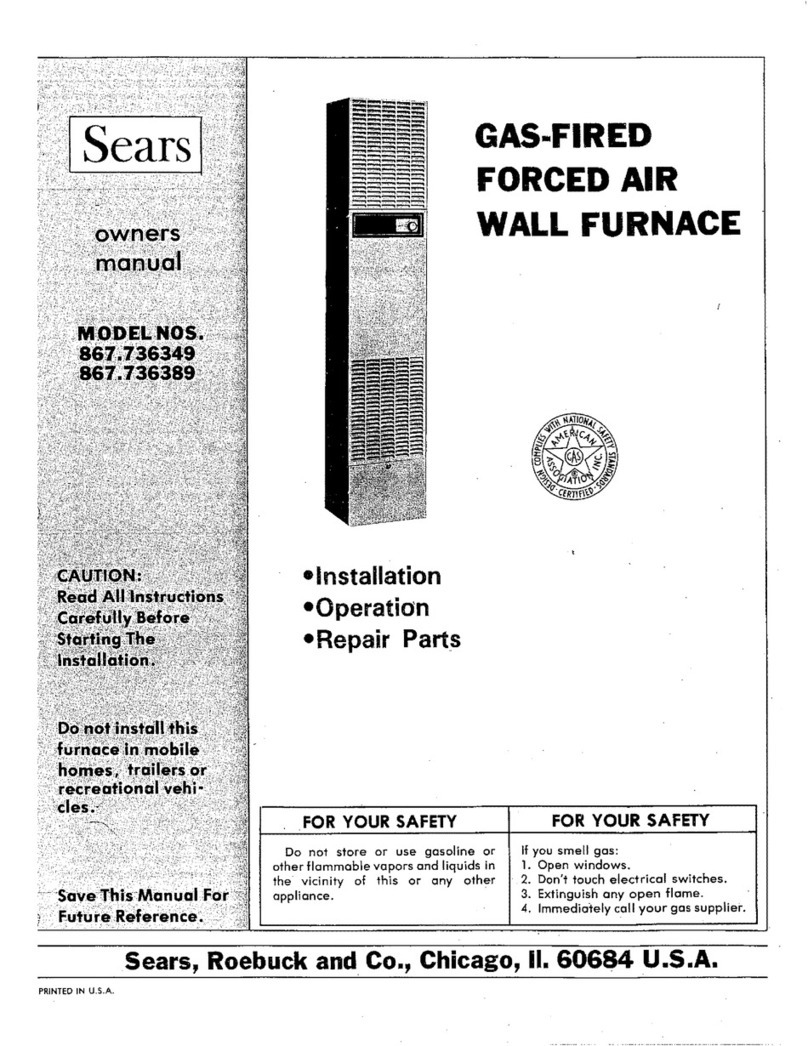
3
440 01 1020 02
1. Safe Installation Requirements
DEATH, PERSONAL INJURY AND/OR PROPERTY
DAMAGE
Failure to carefully read and follow all instructions
in this manual can result in furnace malfunction,
death, personal injury and/or property damage.
Installation or repairs made by unqualified persons
can result in hazards to you and others. Installation
MUST conform with local codes or, in the absence
of local codes, with codes of all governmental
authorities having jurisdiction.
The information contained in this manual is
intended for use by a qualified service technician
who is experienced in such work, who is familiar
with allprecautionsandsafetyproceduresrequired
in such work, and is equipped with the proper tools
and test instruments.
!
NOTE: This furnace is design--certified by the CSA International
(formerly AGA and CGA) for installation in the United States and
Canada.Refertotheappropriatecodes,alongwiththismanual,for
proper installation.
·Use only the Type of gas approved for this furnace (see
RatingPlate onunit).Overfiringwillresultinfailure ofheat
exchanger and cause dangerous operation. (Furnaces
can be converted to L.P. gas with approved kit.)
·Install this furnaceonly in a location andposition as speci-
fied in “2. Installation” of these instructions.
·Provideadequatecombustionandventilationairtothefur-
naceas specifiedin“3.Combustionand VentilationAir” of
these instructions.
·Combustion products must be discharged outdoors. Con-
nectthisfurnaceto an approved vent systemonly, asspe-
cified in “4. Vent and Combustion Air Piping” of these
instructions.
·Never test for gas leaks with an open flame. Use a com-
mercially available soap solution made specifically for the
detection of leaks to check all connections, as specifiedin
“6. Gas Supply and Piping, Final Check” of these instruc-
tions.
·Always install furnace to operate within the furnace’s in-
tended temperature--rise range with a duct system which
hasanexternal static pressure withinthe allowablerange,
asspecifiedin“TechnicalSupportManual”oftheseinstruc-
tions.
·When a furnace is installed so that supply ducts carry air
circulated by the furnace to areas outside the space con-
tainingthefurnace,thereturnairshallalsobehandledbya
duct(s) sealed to the furnace casing and terminating out-
side the space containing the furnace.
·A gas--fired furnace for installation in a residential garage
mustbeinstalledasspecifiedin“2.Installation”ofthesein-
structions.
·This furnace is not to be used for temporary heating of
buildings or structures under construction.
·ThisfurnaceisNOTapprovedforinstallationinmobile
homes, trailers or recreation vehicles.
·Seal around supply and return air ducts.
·Install correct filter type and size.
·Unit MUST be installed so electrical components are pro-
tected from direct contact with water.
Safety Rules
Yourunitisbuilttoprovidemanyyearsofsafeanddependableser-
vice providing it is properly installed and maintained. However,
abuse and/or improper use can shorten the life of the unit and
create hazards for you, the owner.
A. The U.S. Consumer Product Safety Commission recom-
mends that users of gas--burning appliances install carbon
monoxide detectors. There can be varioussources of carbon
monoxideinabuildingordwelling.Thesourcescouldbegas--
fired clothes dryers, gas cooking stoves, water heaters, fur-
naces, gas--fired fireplaces, wood fireplaces, and several
other items.
Carbon monoxide can cause serious bodily injury and/or
death. Carbon monoxide or “CO” is a colorless and odorless
gasproducedwhenfuelisnotburnedcompletelyorwhenthe
flame does not receive sufficient oxygen.
Therefore, to help alert people of potentially dangerous car-
bon monoxide levels, you should have carbon monoxide de-
tectors that are listed by a nationally recognized agency (e.g.
UnderwritersLaboratoriesorInternationalApprovalServices)
installed and maintained in the building or dwelling (see Note
below).
B. There can benumerous sources of fireor smoke in a building
or dwelling. Fire or smoke can cause serious bodily injury,
death, and/or property damage. Therefore, in order to alert
people of potentially dangerous fire or smoke, you should
have fire extinguisher and smoke detectors listed by Under-
writersLaboratoriesinstalledandmaintainedinthebuildingor
dwelling (see Note below).
Note: The manufacturer of your furnace does not test any detec-
tors and makes no representations regarding any brand or
type of detector.
C. Toensuresafeandefficientoperationofyourunit,youshould
do the following:
1. Thoroughly read this manual and labels on the unit. This
will help you understand how your unit operates and the haz-
ards involved with gas and electricity.
2. Do not use this unit if any part has been under water. Im-
mediatelycallaqualifiedservicetechniciantoinspecttheunit
andtoreplaceanypartofthecontrolsystemandanygascon-
trol which has been under water.
3. Never obstruct the vent grilles, or any ducts that provide
air to the unit. Air must be provided for proper combustion
and ventilation of flue gases.
Frozen Water Pipe Hazard
FROZEN AND BURST WATER PIPE HAZARD
FaiIure to do so may result in burst water pipes, serious
property damage and/or personal injury.
Furnace may shut down. Do not leave your home
unattended for long periods during freezing weather
without turningoffwatersupplyanddrainingwaterpipes
or otherwise protecting against the risk of frozen pipes.
!
Your furnace is designed solely to provide a safe and comfortable
living environment. The furnace is NOT designed to ensure that
water pipes will not freeze. It is equipped with several safety de-
vices that are designed to turn the furnace off and prevent it from
restarting in the event of various potentially unsafe conditions.



